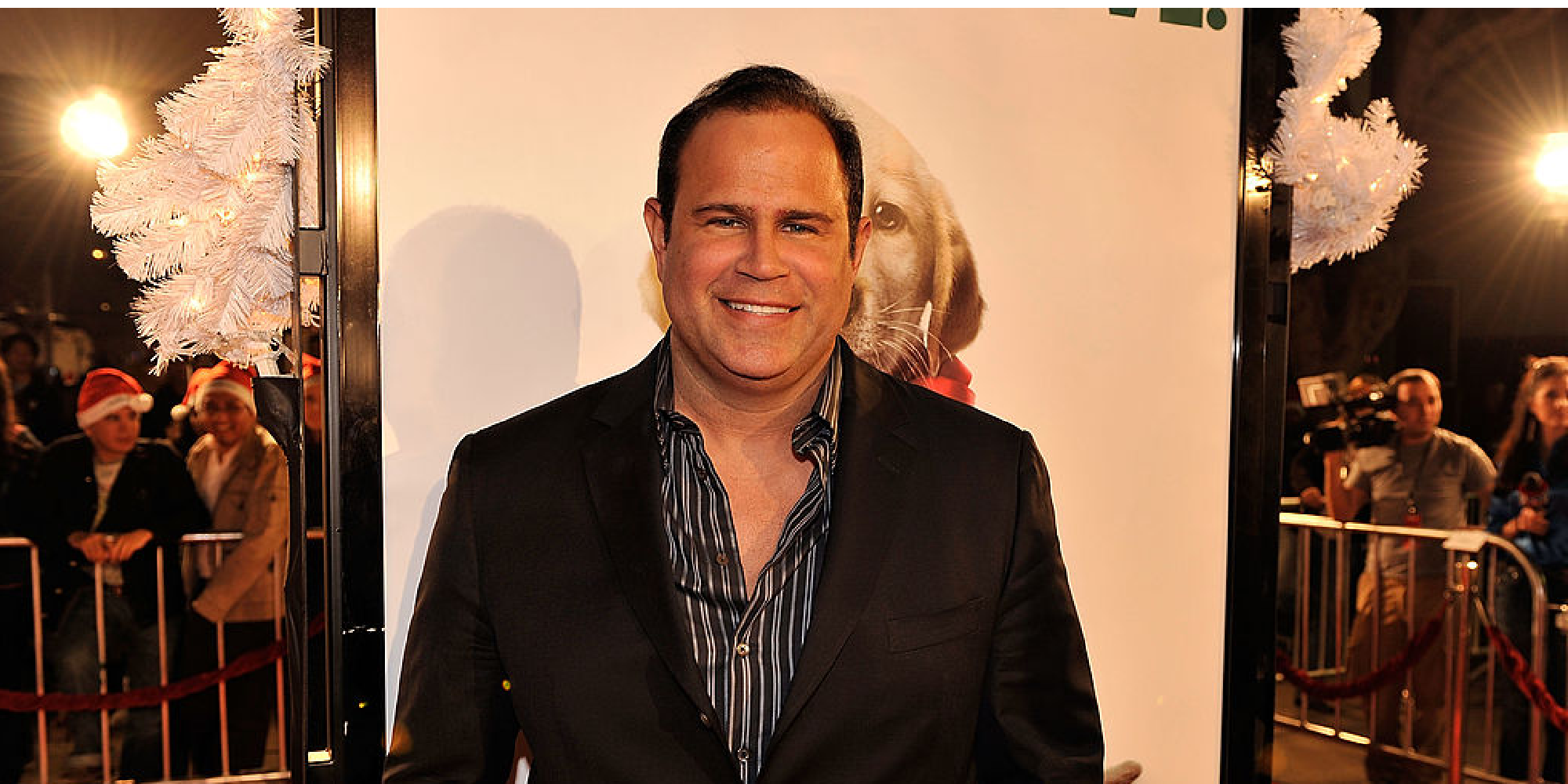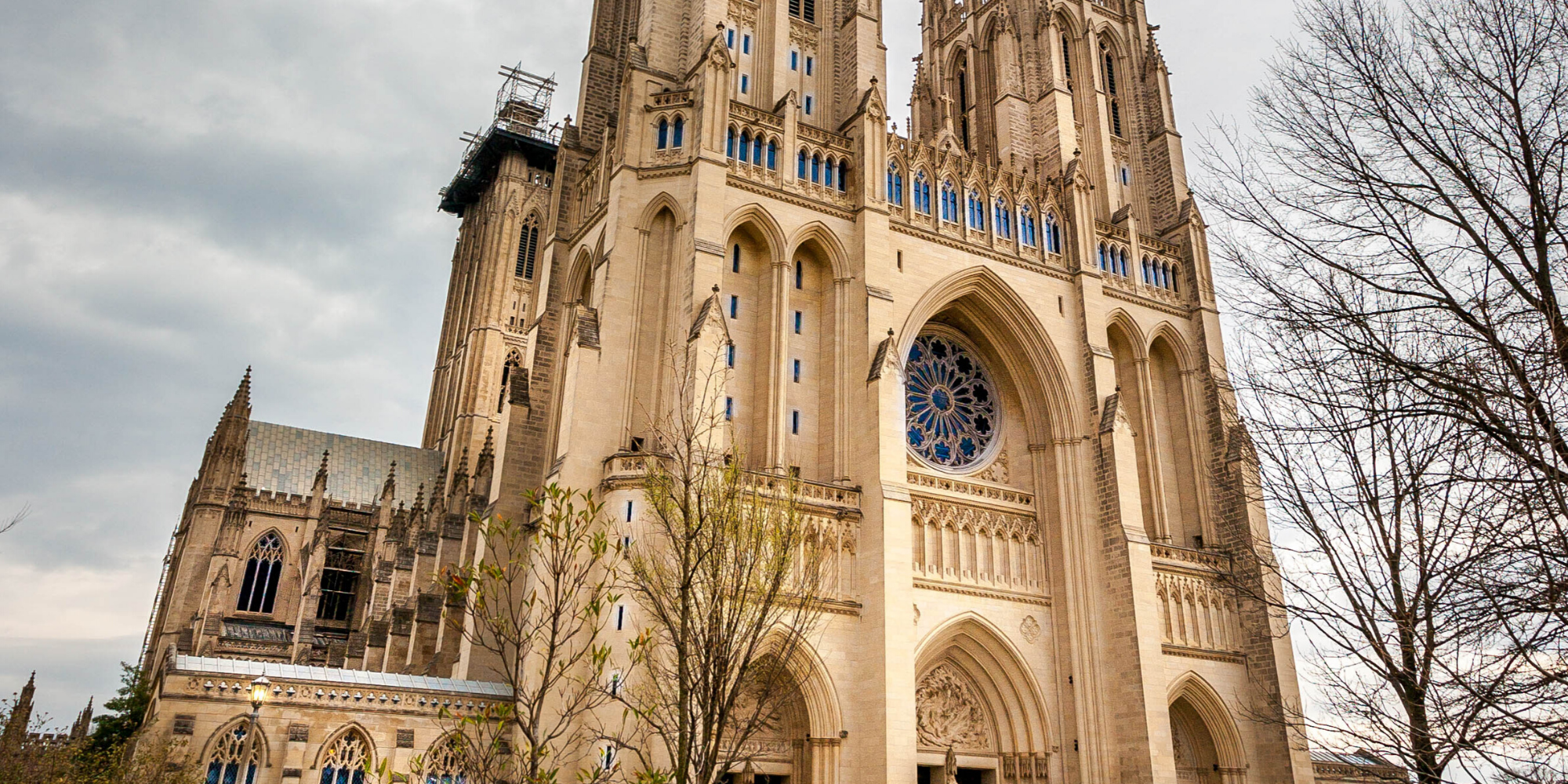Dylan’s first original song in eight years is about JFK’s assassination — but it’s really about so much more
By BRIAN HIATT
Bob Dylan, who hasn’t released an original song since 2012’s Tempest, unexpectedly dropped a previously unheard, nearly 17-minute-long new track, “Murder Most Foul,” late Thursday night.
Dylan didn’t say exactly when the song was recorded, but his delicate vocal delivery resembles the way he’s been singing in his live shows in the past couple of years. “Greetings to my fans and followers with gratitude for all your support and loyalty over the years,” Dylan said in a statement. “This is an unreleased song we recorded a while back that you might find interesting. Stay safe, stay observant, and may God be with you.”
This dizzying, utterly extraordinary song — as allusive as it is elusive — starts off seeming like it might be a straightforward recounting of the assassination of John F. Kennedy, but expands into an impressionistic, elegiac, increasingly apocalyptic journey through what feels like the entire Sixties (complete with references to the Who’s Tommy, Woodstock, and Altamont) and then perhaps all of 20th-century America, especially its music.
The song’s structural freedom and mesmerizing arrangement — a dusting of piano, a lilting violin, distant percussion — feel like fresh territory for Dylan, occasionally evoking Van Morrison at his most mystical. Its themes of doom — and possible redemption — feel alarmingly in tune with our current moment, which may have prompted Dylan to choose it for release.
“The day they killed him, someone said to me, ‘Son, the age of the Antichrist has just only begun,'” Dylan sings. “The soul of a nation’s been torn away, and it’s beginning to go into a slow decay.… It’s 36 hours past judgement day.”
In its prayer-like final passages (the song is so structurally daunting that it’s hard to think in terms of verses), Dylan invokes the DJ Wolfman Jack before dropping a long list of songs and musicians, from John Lee Hooker to Guitar Slim to Bud Powell to Stevie Nicks to Don Henley to Dickey Betts to Thelonious Monk, and even mentions Billy Joel’s “Only the Good Die Young.” Oh, and somewhere in there, he nods to Nightmare on Elm Street.
It’s unclear if the song is connected to a new album, though there were murmurs of such a project earlier this year.
Bob Dylan, who hasn’t released an original song since 2012’s Tempest, unexpectedly dropped a previously unheard, nearly 17-minute-long new track, “Murder Most Foul,” late Thursday night.
Dylan didn’t say exactly when the song was recorded, but his delicate vocal delivery resembles the way he’s been singing in his live shows in the past couple of years. “Greetings to my fans and followers with gratitude for all your support and loyalty over the years,” Dylan said in a statement. “This is an unreleased song we recorded a while back that you might find interesting. Stay safe, stay observant, and may God be with you.”
This dizzying, utterly extraordinary song — as allusive as it is elusive — starts off seeming like it might be a straightforward recounting of the assassination of John F. Kennedy, but expands into an impressionistic, elegiac, increasingly apocalyptic journey through what feels like the entire Sixties (complete with references to the Who’s Tommy, Woodstock, and Altamont) and then perhaps all of 20th-century America, especially its music.
The song’s structural freedom and mesmerizing arrangement — a dusting of piano, a lilting violin, distant percussion — feel like fresh territory for Dylan, occasionally evoking Van Morrison at his most mystical. Its themes of doom — and possible redemption — feel alarmingly in tune with our current moment, which may have prompted Dylan to choose it for release.
“The day they killed him, someone said to me, ‘Son, the age of the Antichrist has just only begun,'” Dylan sings. “The soul of a nation’s been torn away, and it’s beginning to go into a slow decay.… It’s 36 hours past judgement day.”
In its prayer-like final passages (the song is so structurally daunting that it’s hard to think in terms of verses), Dylan invokes the DJ Wolfman Jack before dropping a long list of songs and musicians, from John Lee Hooker to Guitar Slim to Bud Powell to Stevie Nicks to Don Henley to Dickey Betts to Thelonious Monk, and even mentions Billy Joel’s “Only the Good Die Young.” Oh, and somewhere in there, he nods to Nightmare on Elm Street.
It’s unclear if the song is connected to a new album, though there were murmurs of such a project earlier this year.














